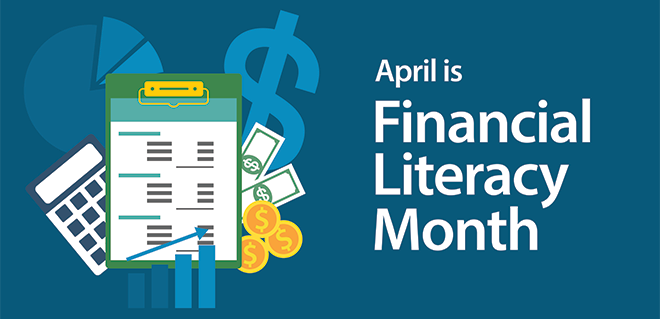
April is financial literacy month, which for those of us in digital advertising might raise the question: What does financial literacy entail for publishers?
The key is understanding all the data surrounding ad buys to ensure publishers know exactly what they’re selling and receiving in return, reconcile discrepancies between their books and those of advertisers, and identify areas that need improvement.
But let’s get more specific. Here are five things publishers should be doing to shore up their finances.
5 Financial Best Practices for Publishers
Reconcile Discrepancies
Publishers get billed on third-party ad server numbers, so they should monitor and reconcile discrepancies between their first-party ad server and third parties. Then, they need to send the finalized numbers to their finance team for billing, often via an order management system.
Publishers should be able to automatically reconcile these discrepancies so that they can more quickly identify campaigns not meeting their delivery goals and resolve issues. Automated reconciliation also avoids disconnects between advertisers and publishers, as well as between ad ops and billing, saving everyone time and improving both relationships.
 Automate the End-of-month Process
Automate the End-of-month Process
By automating the EOM process, publishers can send invoices to their customers weeks earlier, leading to earlier payments. For example, by automating the usually manual process of consolidating third-party data with first-party data, publishers might be able to push up invoicing from the middle of the month to the first few days. They can also streamline and verify the transmission of financial data from ad operations to the finance team.
Another manual task that publishers can automate to speed up EOM is making adjustments for over-delivery. For example, if you delivered 50,000 more impressions than you were supposed to, you’d be able to automatically take that out of the invoice.
Finally, they can automate assembling different metrics (such as impressions, viewable impressions, or co-view impressions) for different campaigns based on OMS information.
Get Good at Forecasting
Publishers who forecast their direct-sold inventory with high accuracy maximize their yield — which is particularly true if their business is susceptible to seasonality or external events. For example, it’s really difficult to know how to optimally sell inventory based on Black Friday traffic if you don’t have a model capable of anticipating an unusual spike in inventory availability.
Besides driving higher sellthrough rates and revenue, accurate forecasting also provides publishers with higher confidence in their overall financial planning. Use industry benchmarks and seasonality to try and forecast programmatic yield as well.
Predictable revenue is critical to making virtually all other business decisions.
Automate Tasks Where Possible
Publisher teams, especially ad and revenue operations, are generally mired in a lot of rote work, such as data aggregation, reconciliation, and reporting, that can and should be automated. By automating as many tasks as possible, publishers will keep their teams happy (because they won’t be saddled with busy work), allocate talent optimally, and increase their bandwidth to perform more revenue-driving tasks, like taking care of clients.
Brush up on Revenue Reporting
Periodically, review which aspects of publisher data are included in executive reporting. This allows rev ops teams to align management on the KPIs they should prioritize. For example, it might be pertinent for management to know which sites perform relative to others. Or there may be shifts in display and video revenue. Ad ops people should regularly review which facts they’re putting on the executive team’s radar to facilitate strategic adjustments.
Reconciling discrepancies, automating EOM, mastering forecasting, automating tasks where possible, and updating executive revenue reporting will help publishers solidify their finances, identify prime growth opportunities, and ultimately instill greater confidence in their decision-making. That’s what financial literacy is all about.